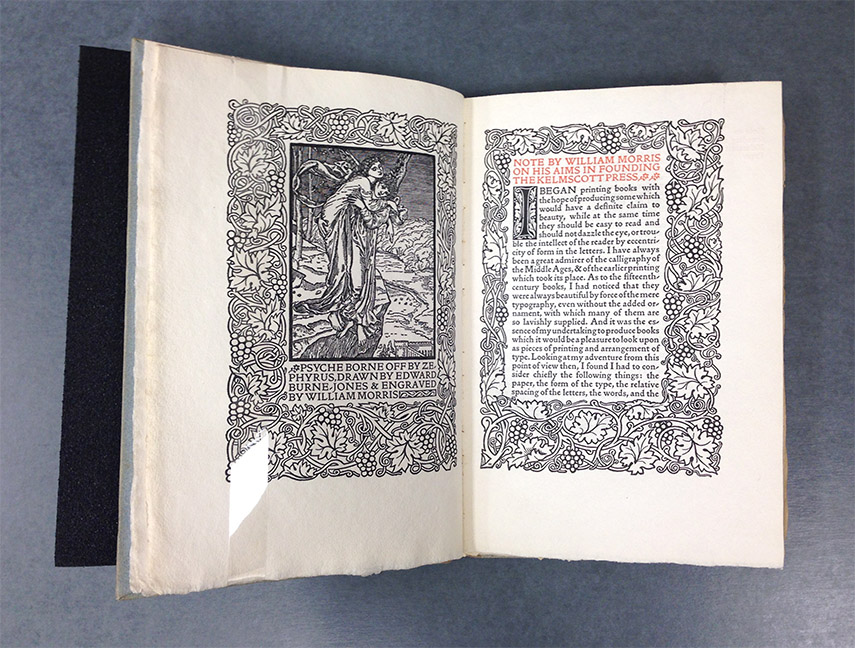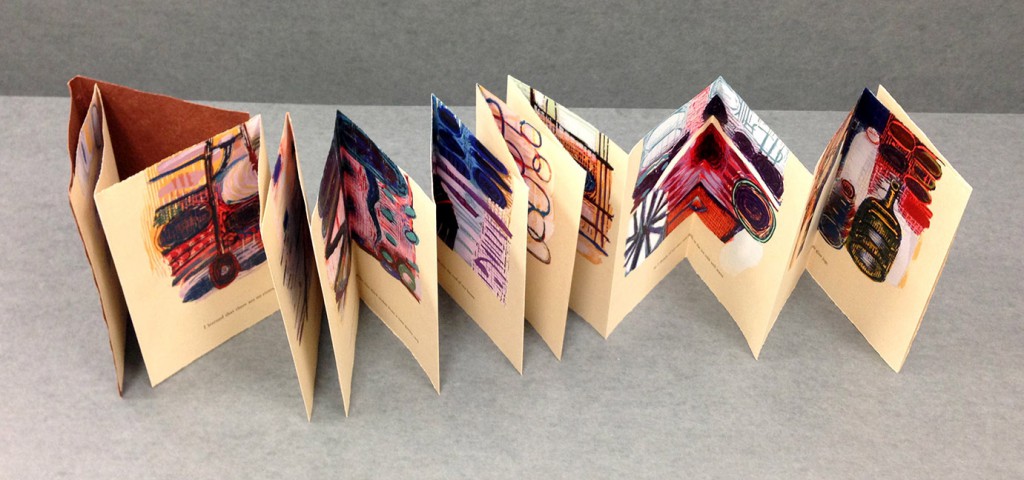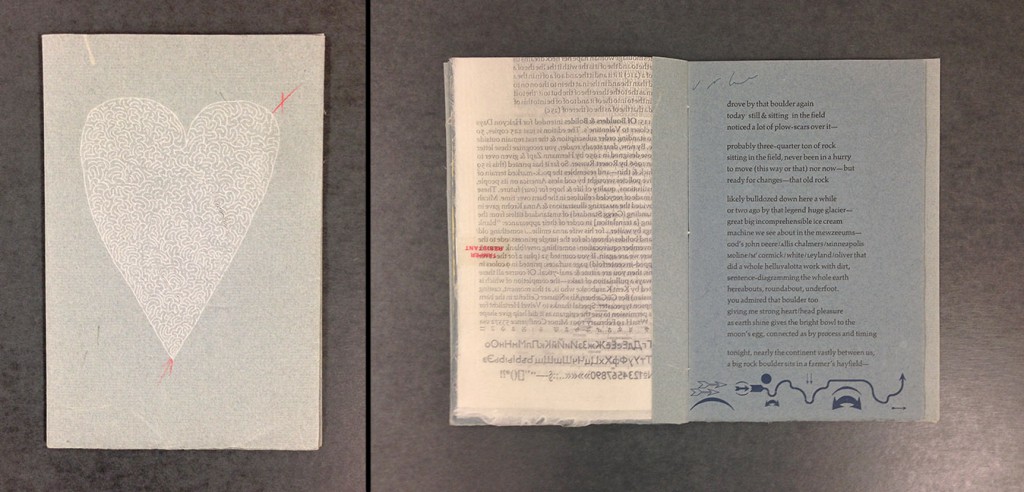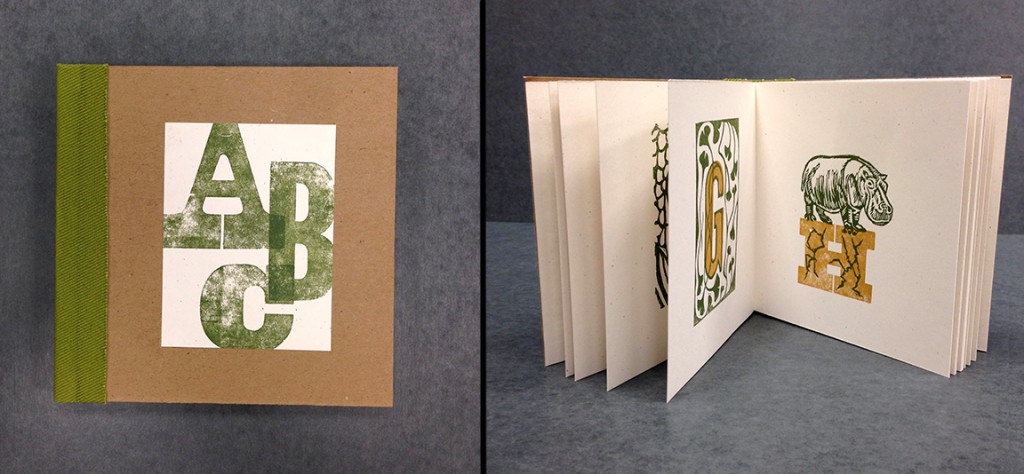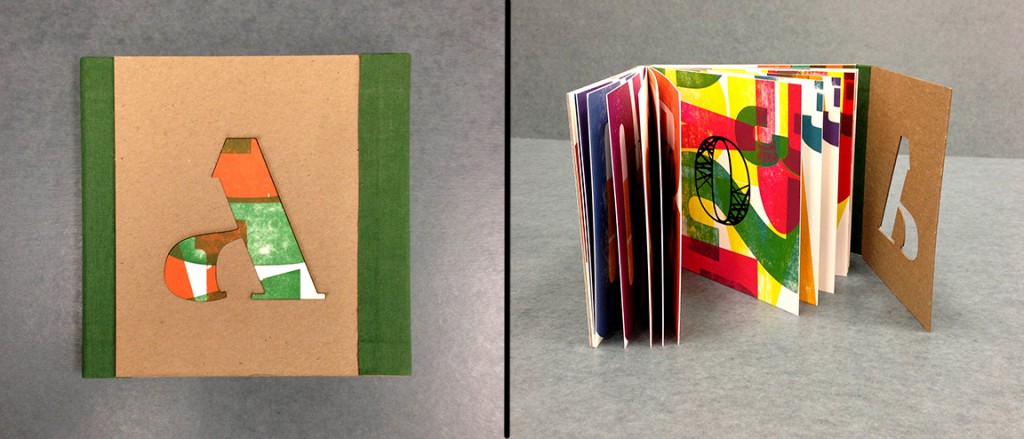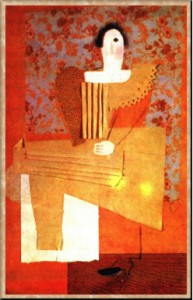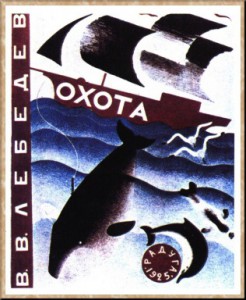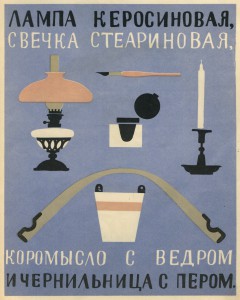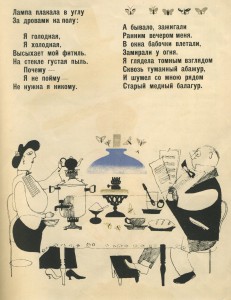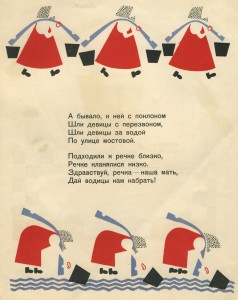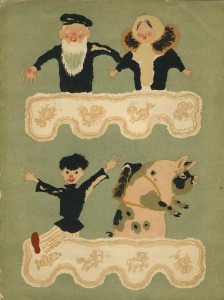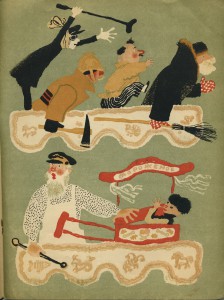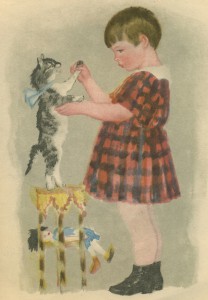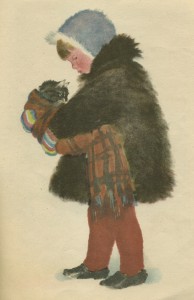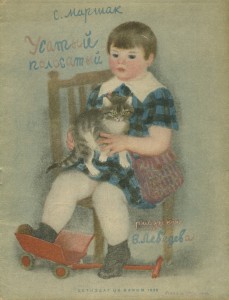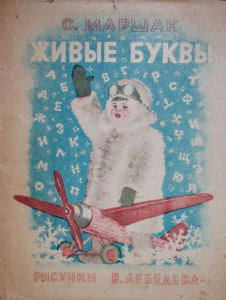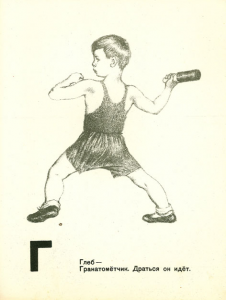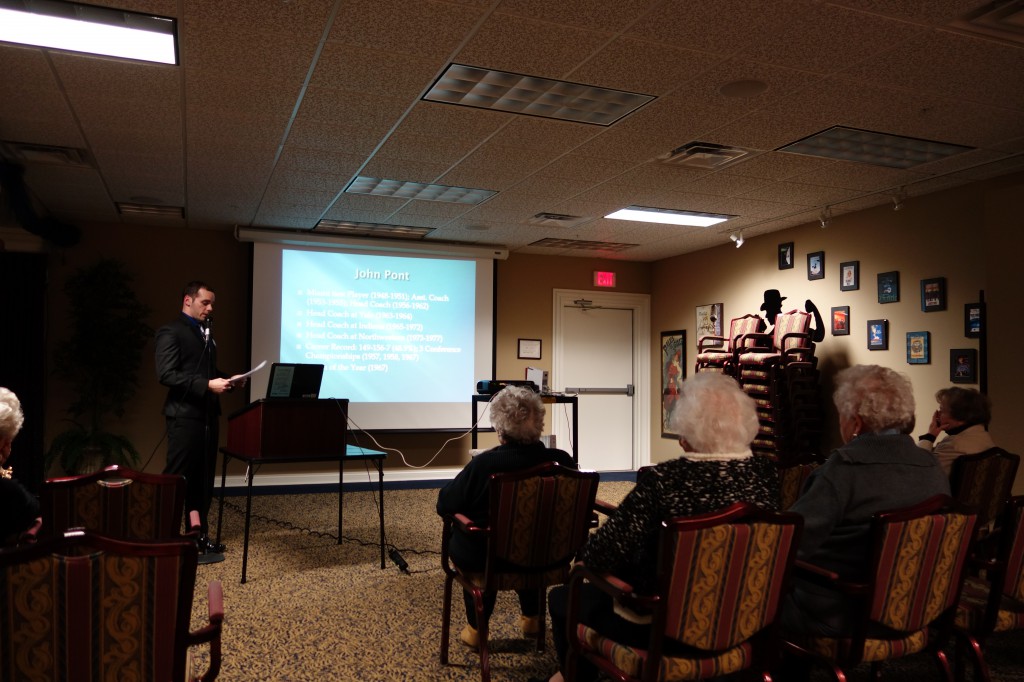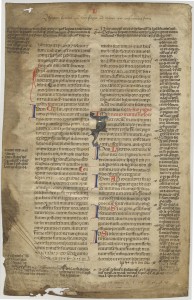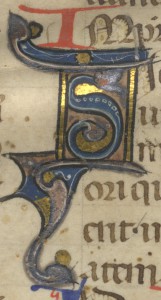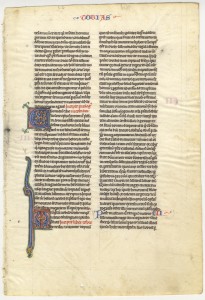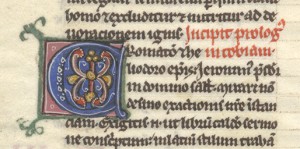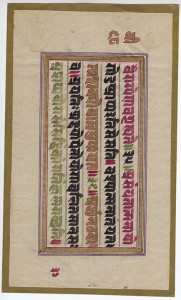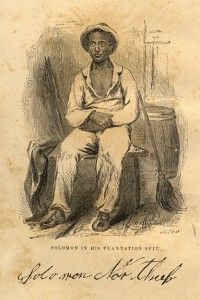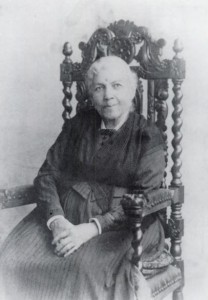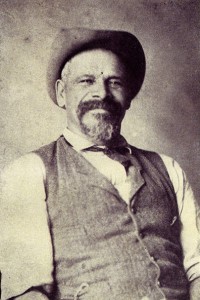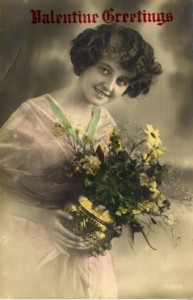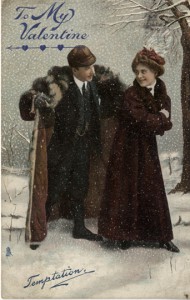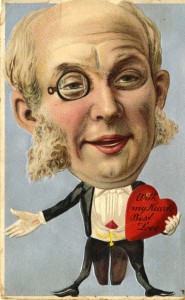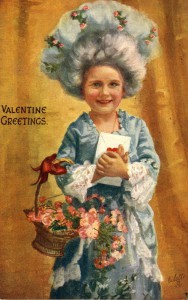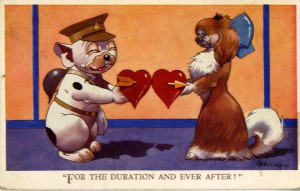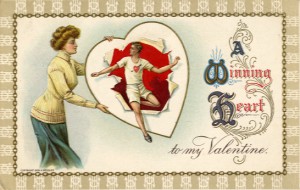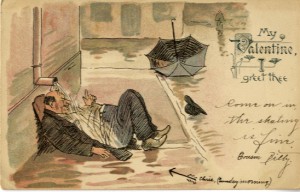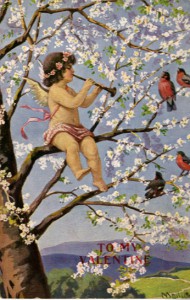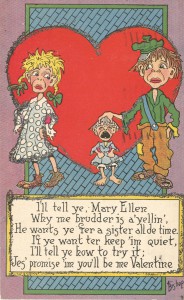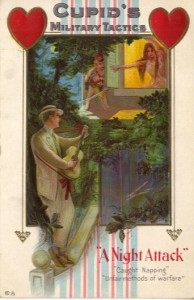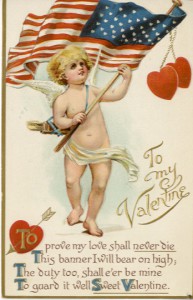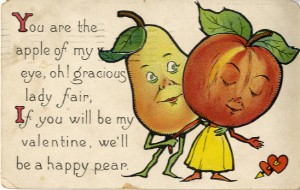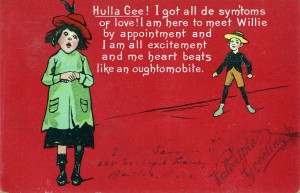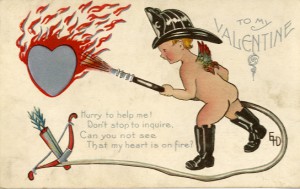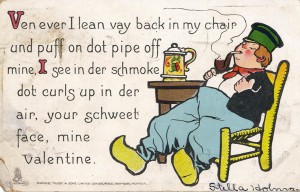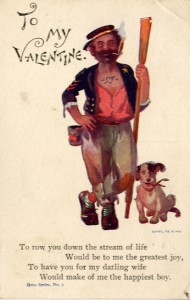In addition to many other activities, Special Collections is often host to a variety of classes and instruction sessions, usually led by our primary instructor, Librarian Kimberly Tully.
While certain areas of study, such as history and literature, seem an obvious match for Special Collections instruction, one can also include many areas of the fine arts, such as the history of printing, printmaking and illustration to that list. One area that seems less obvious are the studio classes in the fine arts, but even these students can greatly benefit from the rich collection of materials housed in Special Collections. Having a Bachelor of Fine Arts myself, these classes tend to be my favorite of the bunch, and I sometimes even get the chance to participate in the instruction sessions, as was the case with last week’s visit of an ART 450 Letterpress class led by Steve Garst.
The instruction session started with Kim leading the class through an active show and tell of a variety of Special Collections materials related to printing, papermaking, and bookbinding.
The class then moved onto a small selection of artist’s books, which are unique or limited run handmade works of art in book form. In the past few years we’ve had the pleasure of leading instruction sessions for both letterpress classes and papermaking classes. The students in these classes usually have an assignment to create a book of their own, and a visit to Special Collections gives them the opportunity to view and interact with a wide variety of artist’s books and specialty bindings. The collection of artist’s books housed in Special Collections continues to grow, and we’ve even added copies of the books produced by the visiting classes to the collection.
After getting a chance to interact with the materials from Special Collections, the class then moved over to the Preservation Lab to get a hands-on tutorial. I began my half of the instruction session by giving an overview of library preservation, specifically focusing on book repair. Getting to handle and inspect damaged books with broken bindings is a perfect way to learn about the structure of a book, and how that structure can fail with various levels of use. The class then moved onto the hands-on tutorial component, where I lead them through the steps of making a protective phase box.
Library instruction is always an excellent way to introduce students to the materials in Special Collections, and art students are no exception!
Ashley Jones
Preservation Librarian

